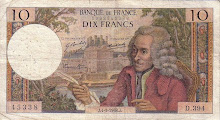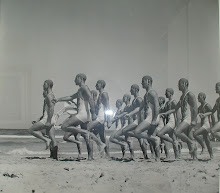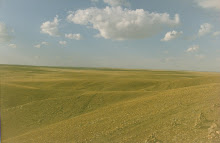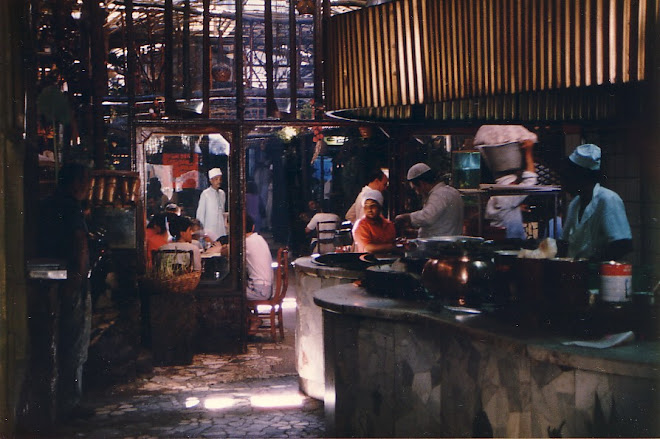Leni Riefenstal (1902-2003) - Aesthetics and Politics - and Constructing Identity
Like the architect Albert Spier, the film-maker Leni Riefenstal imagined she could engage in art without reference to politics. Both worked within the German Third Reich and one could argue further compromised appreciation of their work in friendships with Adolph Hitler and Joseph Goebbels.
First I looked at her 'Olympia', an official record of the Berlin Games of 1936, with its extraordinarily innovative filming techniques ...

... and then I browsed some of the film's promotional stills, images that hark back to our imaginings of the first Olympics.

I could enjoy her use of slow motion to fully appreciate rapid action. And close-up to see detail of physical effort and athletes' emotion. New angles on action, such as the in-the-action view from trenches the film-maker had dug beside track and field events. And the close upshot for the diving:
But it was difficult to disassociate Riefenstal from the Nazi Regime, particularly in her earlier films, with titles such as 'Triumph of the Will' and its resonances with national socialist philosophy.
So I turned to the book of her (later) photographs of the Nuba tribe in Sudan (1975).
These are images which Susan Sontag has claimed still smack of 'fascist aesthetics'.





And I was about to proceed along this line but then I realized there was a more interesting approach to Riefenstal's work: considering how Africans viewed her vision of the Sudan. So I searched around and found the anthology 'Beautiful Ugly: African and Diaspora Aesthetics' by African artists and scholars in the 'Thought Leader - Mail and Guardian Online'.
In his review of the book and with particular reference to a chapter on Riefenstal's photo essay of the Nuba, Yazeed Zamaldien considers the issues of the 'oppressive misrepresentation [of Africans] during the colonial period and its redefinition during post-colonial restructuring'. In particular, the conceptualizing of beauty and uglyness.
With respect to the colonial period, Zamaldien identifies the outsider mechanisms of exoticisation and grotesquing. Riefenstal's images now begin to take on another hue.





With respect to redefining notions of beauty and ugliness in post-colonial restructuring, Zamaldien speaks of attending a festival in the Nuba Mountains last year and being confronted by an other-than-colonial construction of its people. He continued, to say:
Eight Nuba tribes had gathered for the three-day festival and among them were Muslim, Christian and animist believers practising their collective cultural heritage alongside each other. It raised again the question of perceptions of Africa: who sees what and how.
The book does not seem to be providing solutions as much as raising the interesting and core issues to be addressed.
And to all these issues is added the complication of the internationalization of beauty and ugliness and identity, through, among other sources, the juggernaut of the fashion industry.
Here in Australia we have a related (pseudo?) problem - of imagining we have to develop a national identity. Such an identity would need to take account of all the feeds from indigenous Australia and Britain, and all the countries from which newer migrants originated.
But such identities tend to work against diversity. Diversity like being in the gay community. So difference within unity. A tough (but necessary) one!




























![C18 Bronze Buddha [Southern China]](https://blogger.googleusercontent.com/img/b/R29vZ2xl/AVvXsEioLkgVKuhDoIHQgM1X6Oe2hGn75yqaj4OJXPmNpumXmQPKxB22S57YS5DVrl1P7zl7BS6EFpAtaNZPze7gzVCRiQI54bwdHhVa4fGr7NOChZwTZoo92gUen6tC5U8gWIy_pv92U0FB38M/s1600/Buddha+%255BBronze%252C+C18%252C+China%255D+1.jpg)













+1998+Cropped.jpg)










